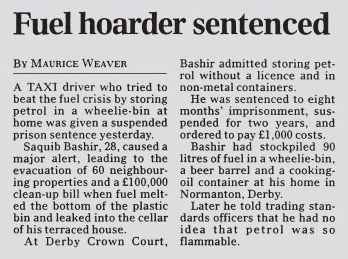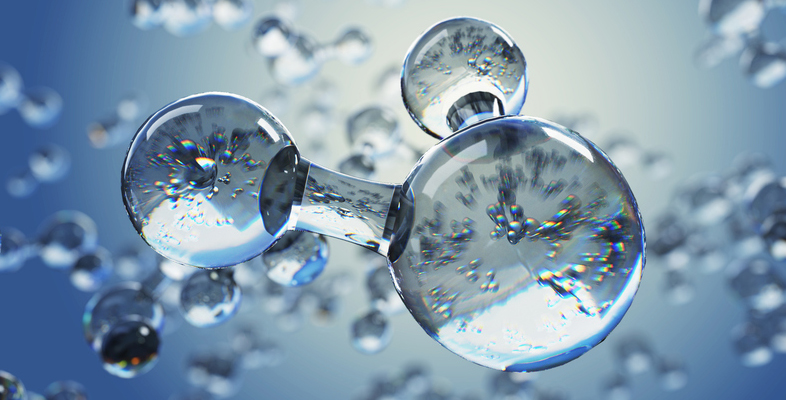2.5 Binding forces in molecular and non-molecular substances
Now let’s start to think a little about chemical bonding.
As you will see in Session 3 of this module, elementary bonding theories imply that materials as different as salt, iodine and aluminium are held together by different types of chemical bond, although as you’ll see these all arise from a balance of forces acting between positively charged nuclei and negatively charged electrons.
As these forces are stronger at shorter distances, in solid iodine (Figure 1b), the short distances between the pairs of atoms (I2 molecules) suggest that the forces holding these atoms together are strong. But, the longer distance between different pairs (molecules) tells us that the forces acting between one I2 molecule and another are much weaker.
Now, iodine melts at only 114oC, and boils at 185oC.
-
Why does iodine have low melting and boiling temperatures?
-
In solid iodine, different I2 molecules are held together by weak forces, so only a little thermal energy is needed to separate them and create first a liquid, and then a gas. Both liquid and gaseous iodine also contain I2 molecules. To melt and then boil iodine it is not necessary to break up the I2 molecules themselves.
This also explains another property of iodine: it dissolves fairly easily in an organic solvent like petrol. This is telling you the solid crystal falls apart and individual I2 molecules drift off into solution.
As organic compounds are molecular, they too, often dissolve in petrol. For example organic polymers you meet in everyday life although having unusually large molecules, being molecular this could cause problems! An example is illustrated in Figure 9.

By contrast, in salt, silica or aluminium (all non-molecular), the bonding is more evenly distributed through the crystal, and there are no points of weakness where discrete molecules can be prised apart.
So the melting and boiling temperatures of non-molecular substances tend to be greater than those of molecular ones. Salt, silica and aluminium, for example, melt at 801oC, 1713oC and 660oC, respectively.
